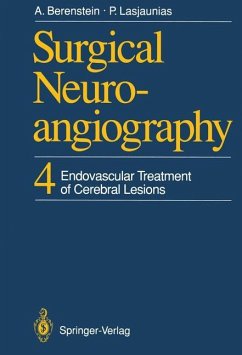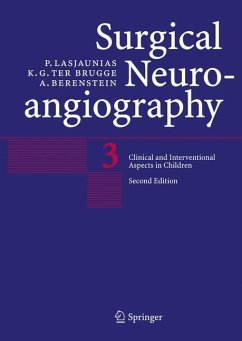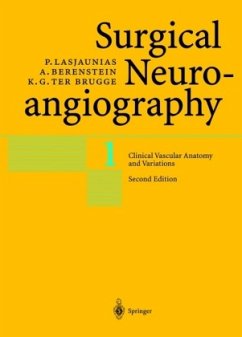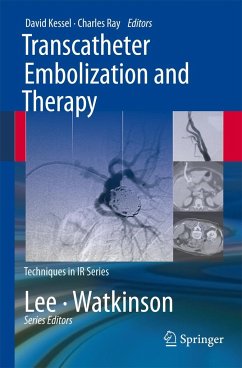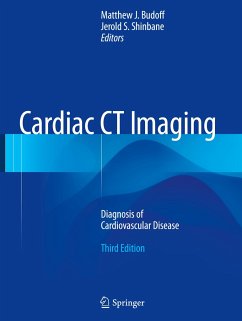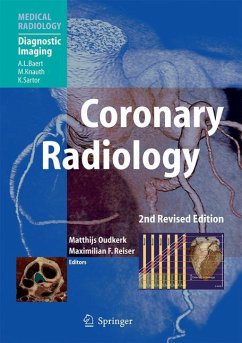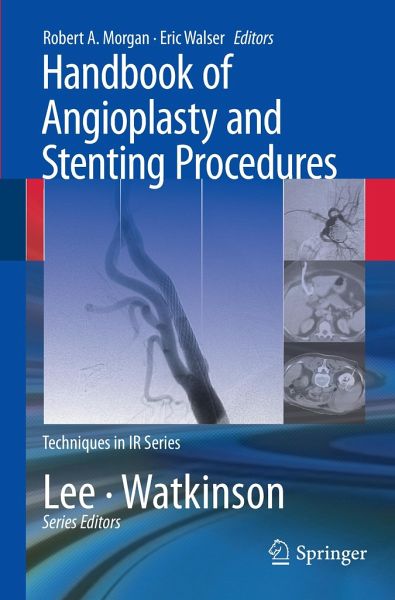
Handbook of Angioplasty and Stenting Procedures

PAYBACK Punkte
46 °P sammeln!
The Techniques in Interventional Radiology series of handbooks describes in detail the various interventional radiology procedures and therapies that are in current practice. The series comprises four titles, which in turn cover procedures in angioplasty and stenting, transcatheter embolization and therapy, biopsy and drainage and ablation.
Each book is laid out in bullet point format, so that the desired information can be located quickly and easily. Interventional radiologists at all stages, from trainees through to specialists, will find this book a valuable asset for their practice.
The Handbook of Angioplasty and Stenting Procedures first discusses the basic tools and principles of these procedures, then moves onto describing each operation that can be performed using these techniques.
Dr. Robert Morgan is Consultant Radiologist at St Georges' Hospital, London, UK, and Dr. Eric Walser is Professor of Radiology at the Mayo Clinic in Florida, USA.
Each book is laid out in bullet point format, so that the desired information can be located quickly and easily. Interventional radiologists at all stages, from trainees through to specialists, will find this book a valuable asset for their practice.
The Handbook of Angioplasty and Stenting Procedures first discusses the basic tools and principles of these procedures, then moves onto describing each operation that can be performed using these techniques.
Dr. Robert Morgan is Consultant Radiologist at St Georges' Hospital, London, UK, and Dr. Eric Walser is Professor of Radiology at the Mayo Clinic in Florida, USA.
Despite the fact that Interventional Radiology is steadily moving toward a cli- cal specialty with the need for broad medical training, daily craftsmanship will always remain fundamental to what an interventional radiologist does. Without basic catheter and wire skills IR would not be what it is today. When I watch ex- rienced colleagues work I am always surprised to see that, concerning the technique and the materials, we all make the same choices. There is apparently a common IR skill, which is universal and can be learned with experience. I always see this with new IR fellows, that it takes time to step away from improvising and letting the p- cedure take the lead to logic and standardized control over a procedure. Choosing the right materials for the right job and building a level of con dence with these materials is a very important part of any IR fellowship. Why can a supervisor get a stable catheter position with a new wire in no time, whereas the fellow almost gives up? The difference is knowing your materials for this speci c indication and c- bining routine and standardized operational procedures. Hands-on workshops are always very popular at every IR meeting because one can really learn about basic skills. Lectures with the title "How I do it," can always count on a full audience.





